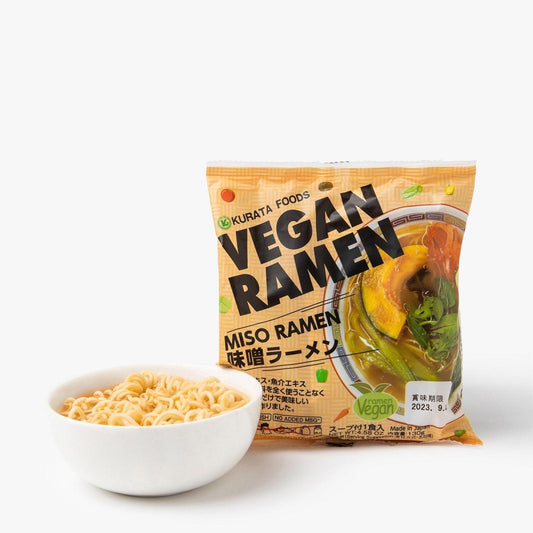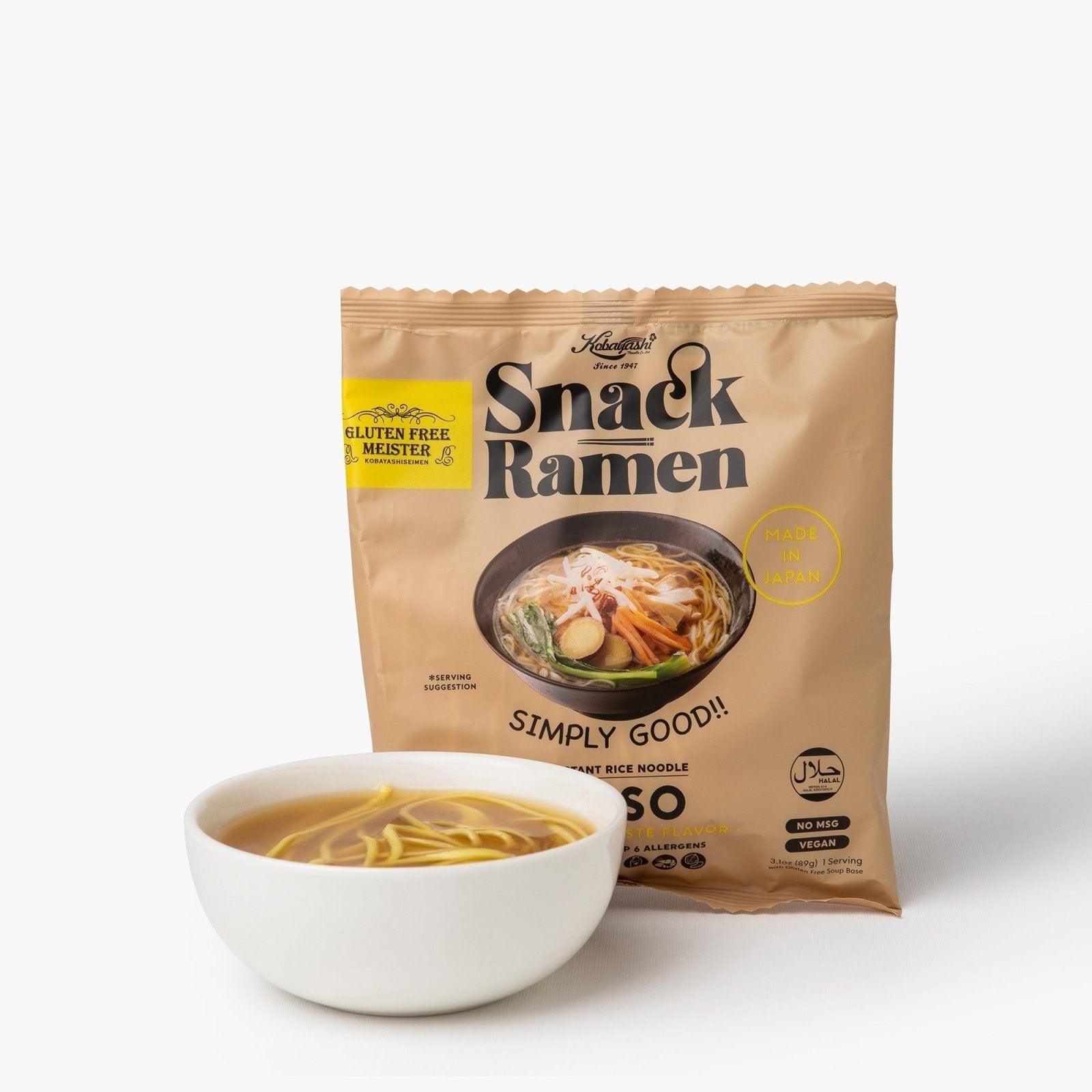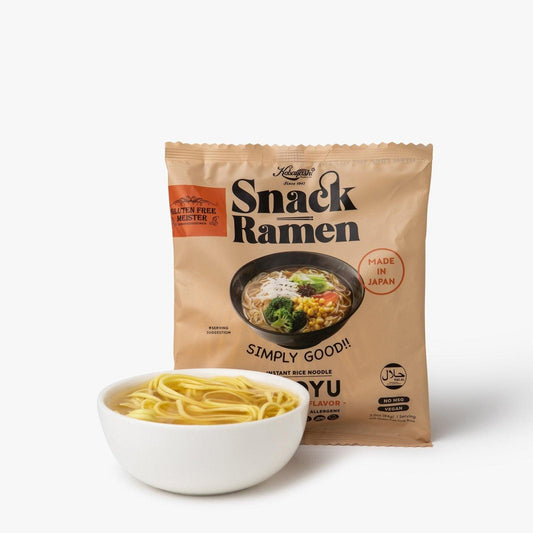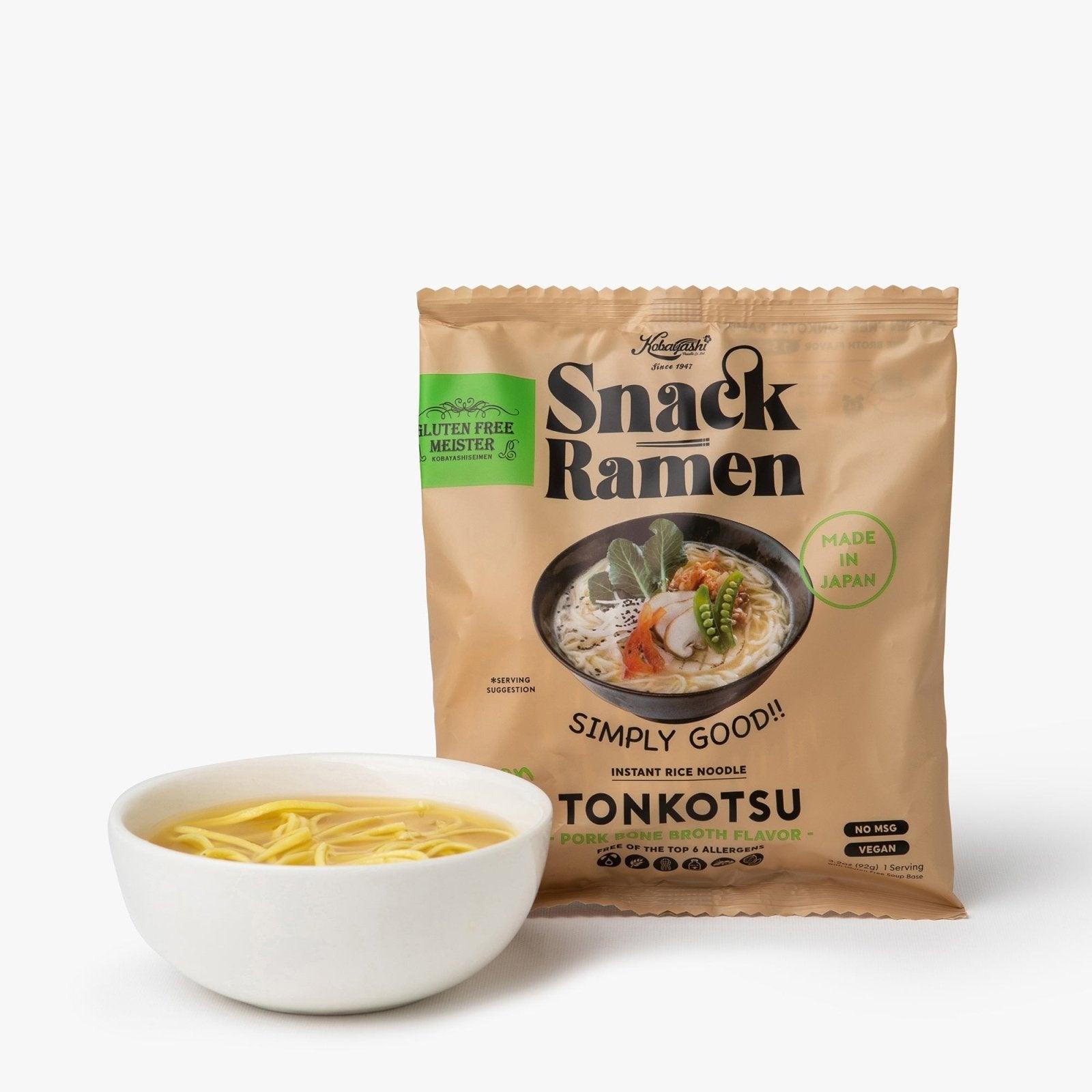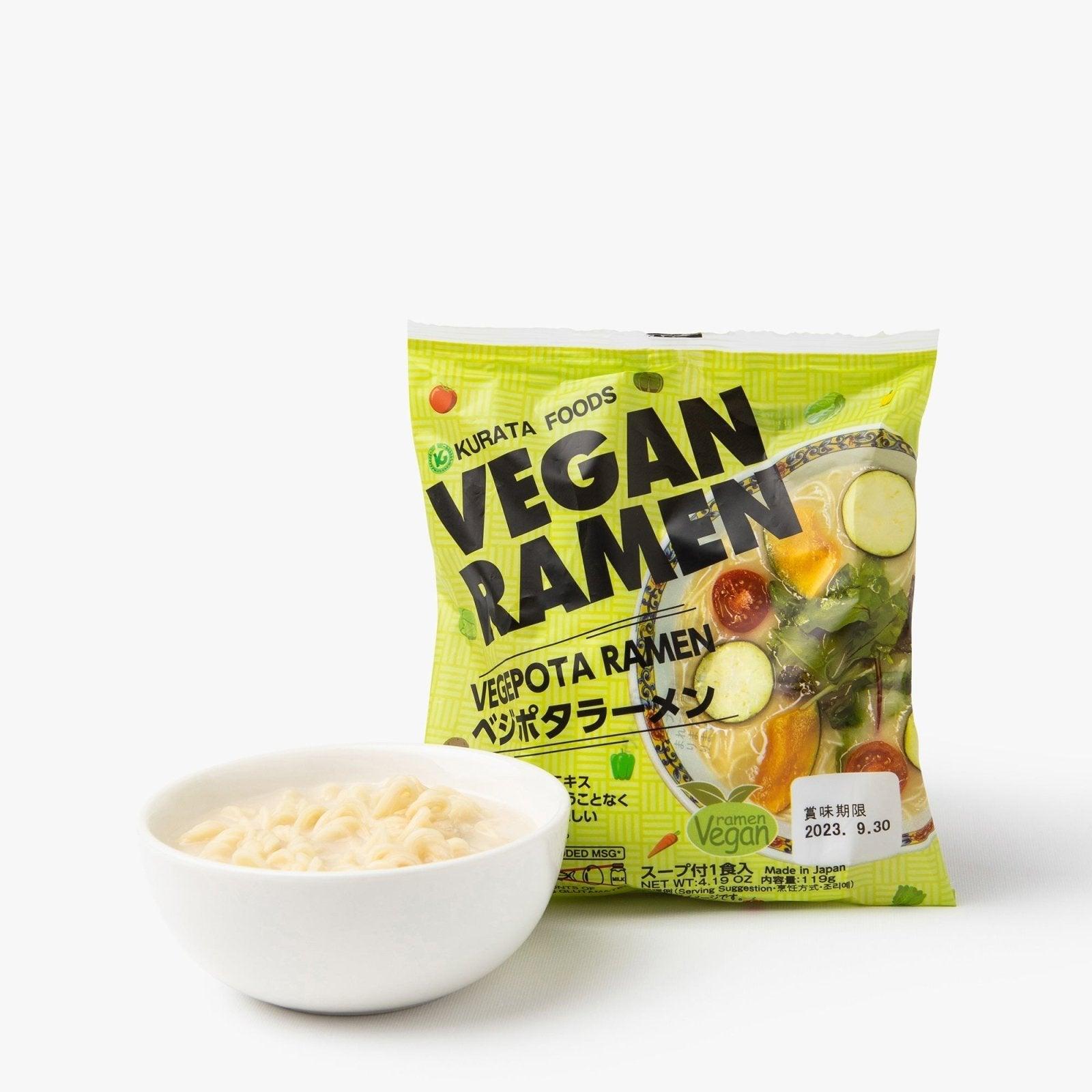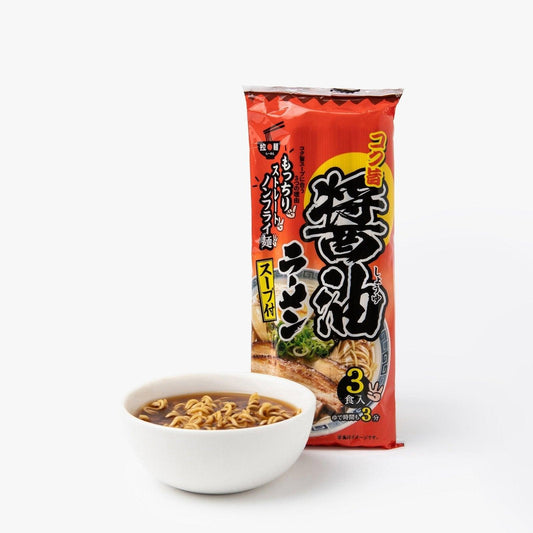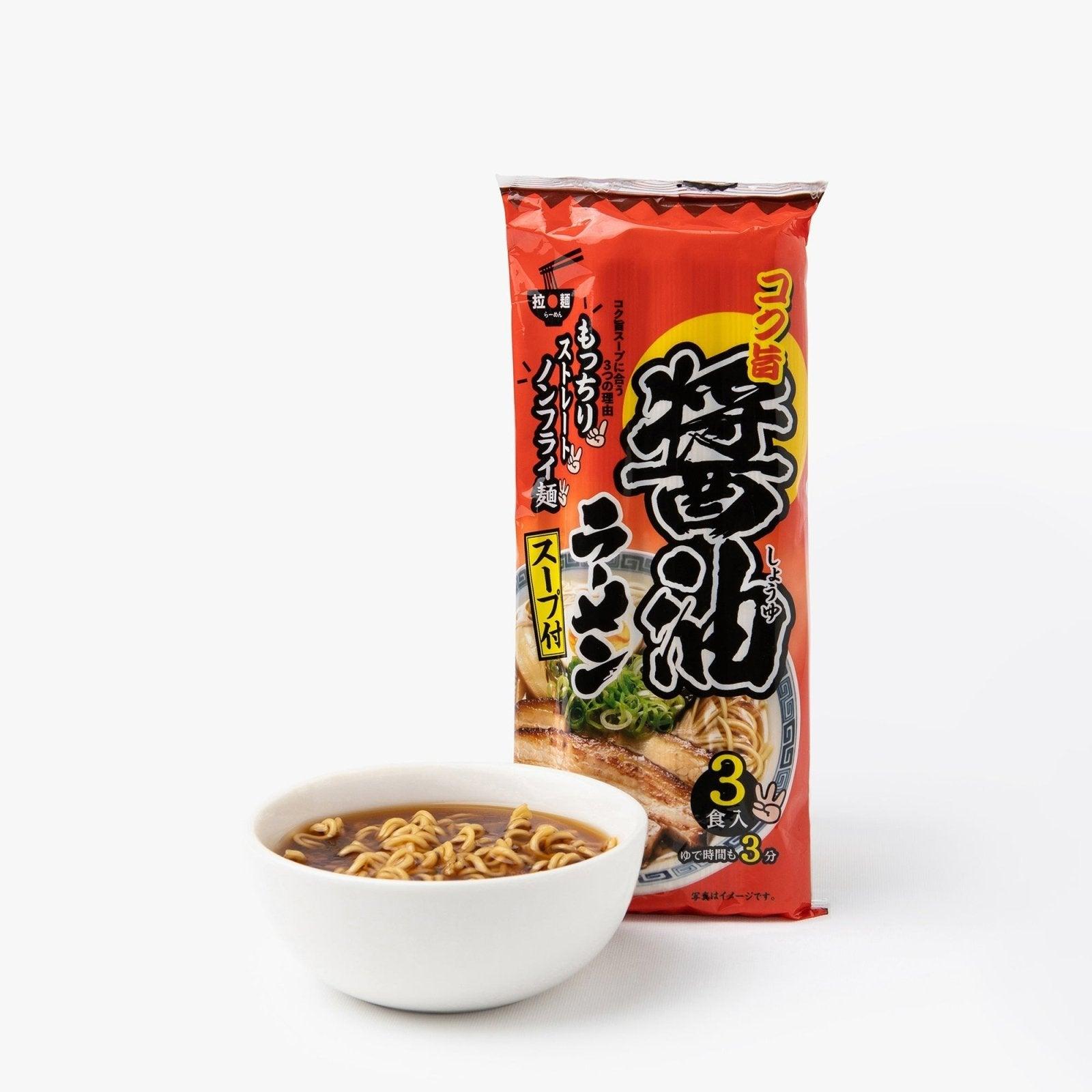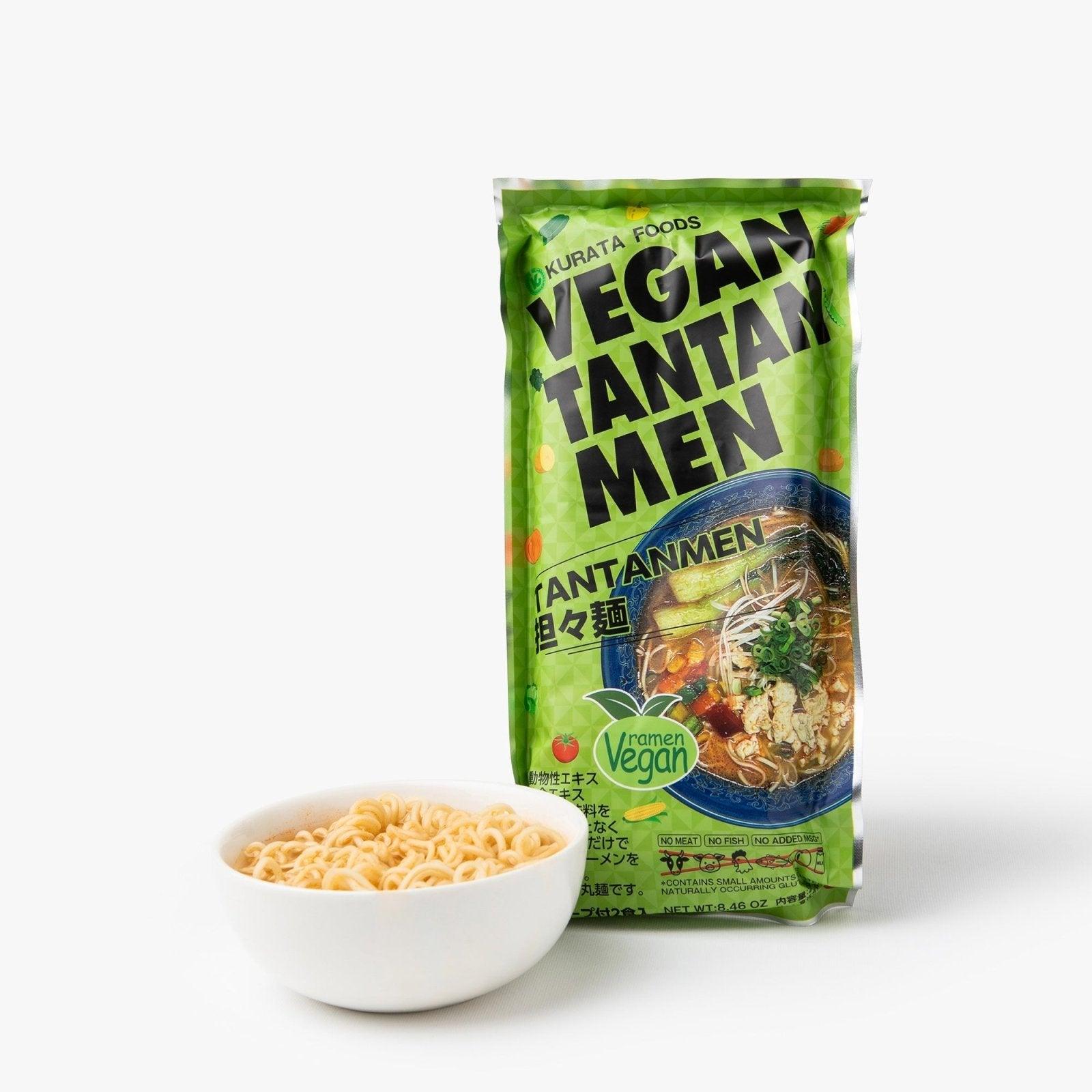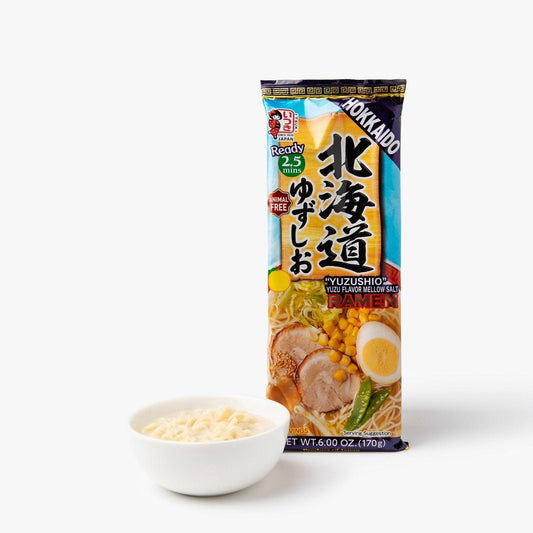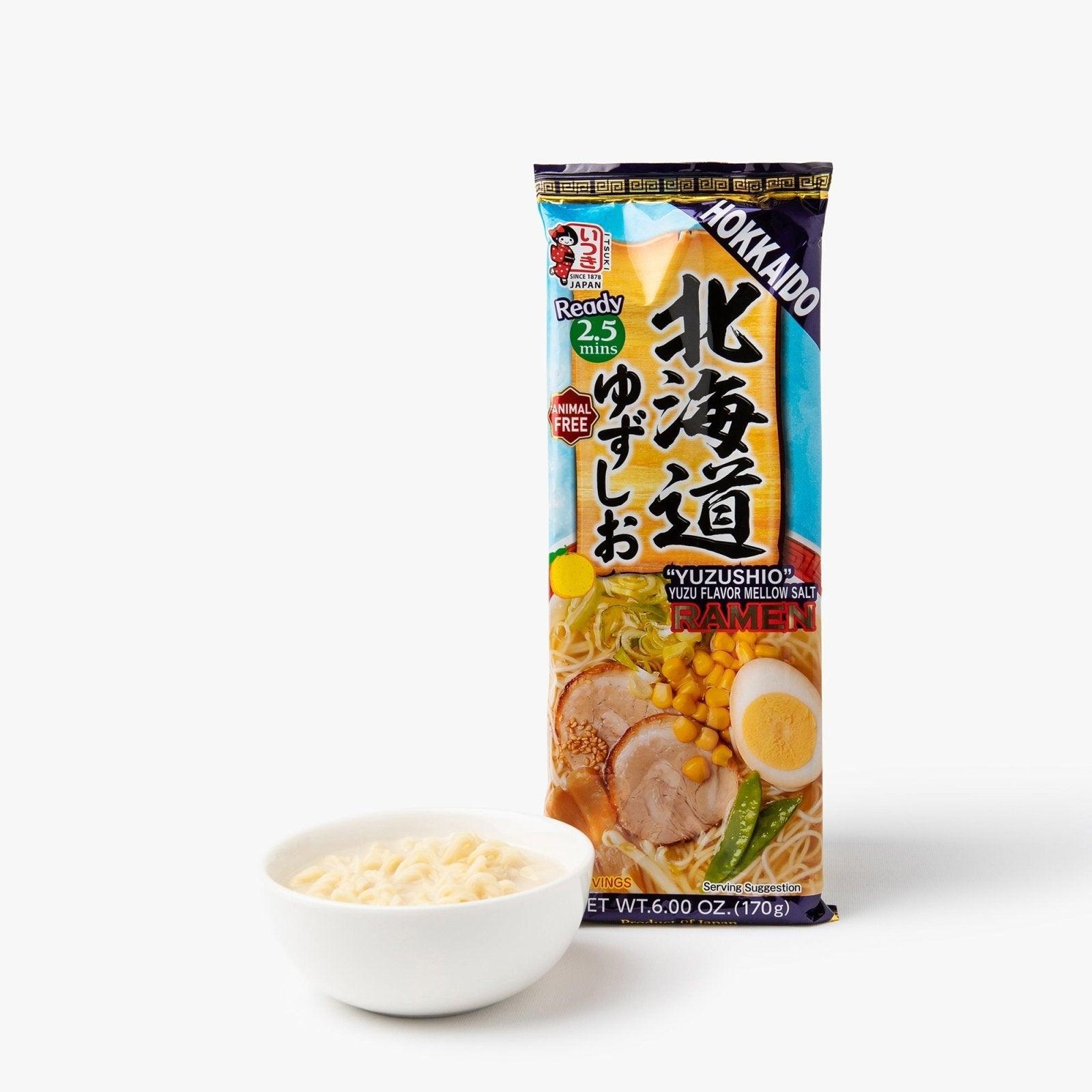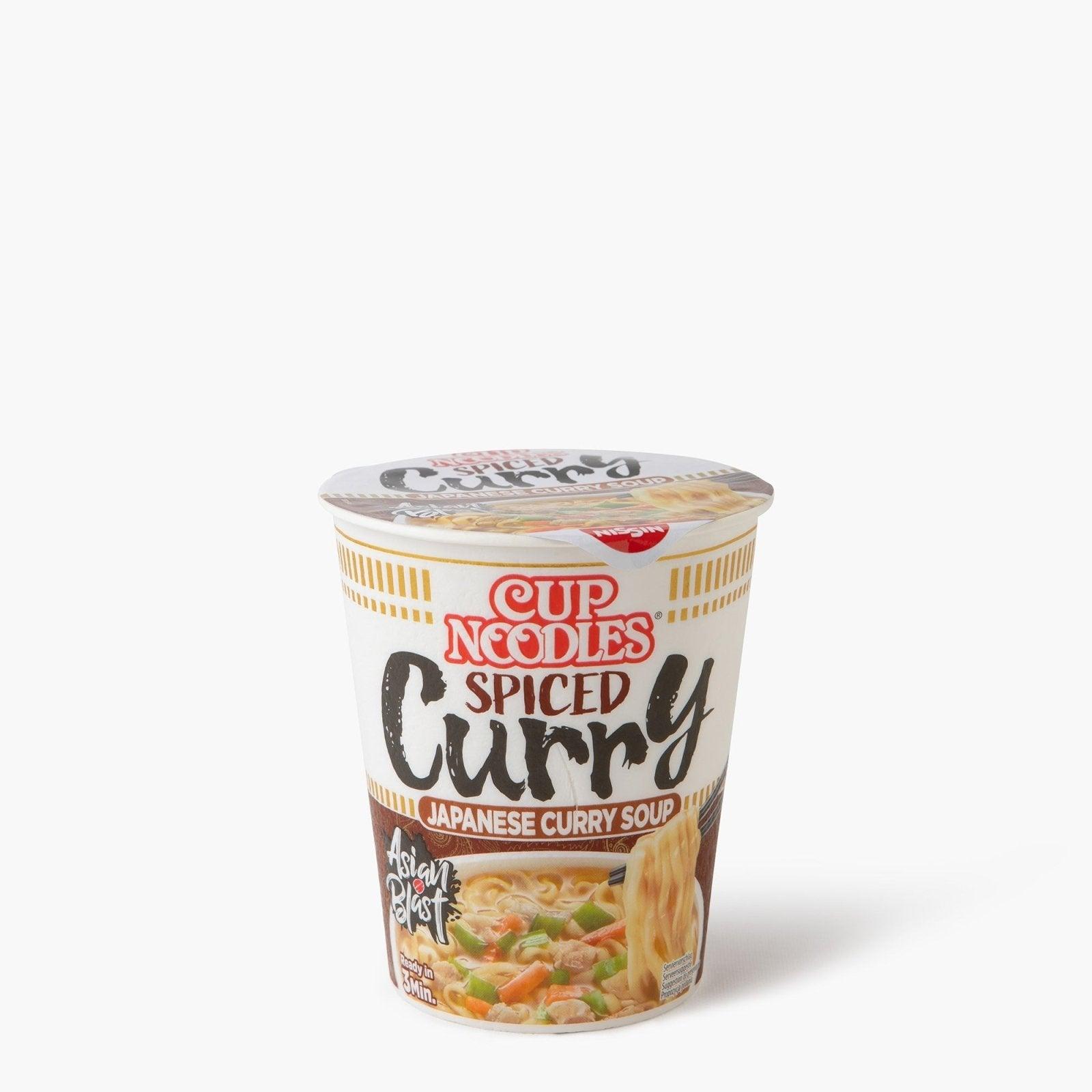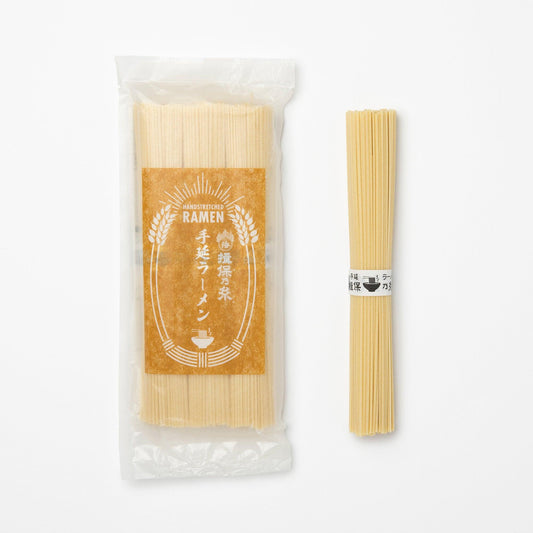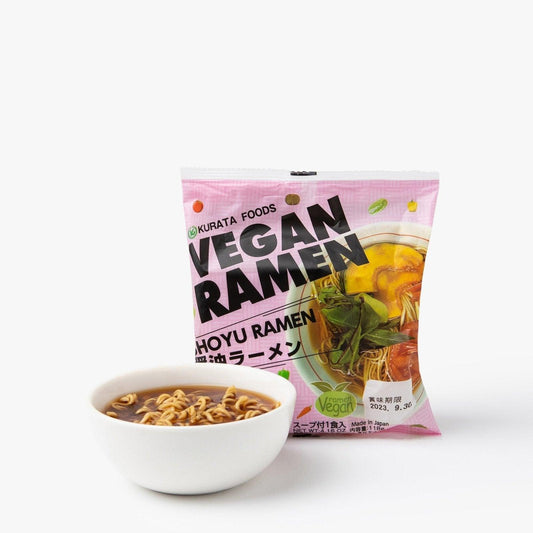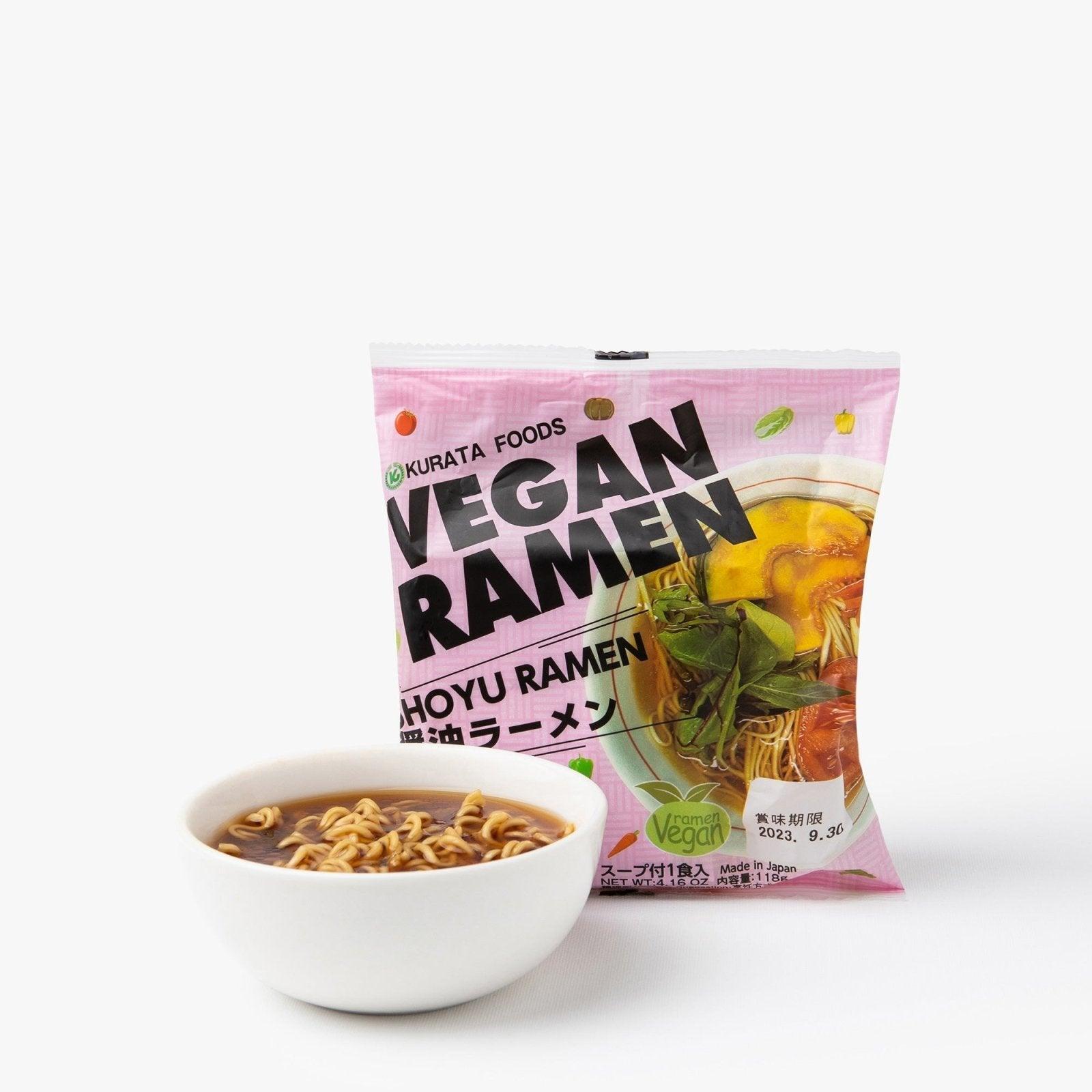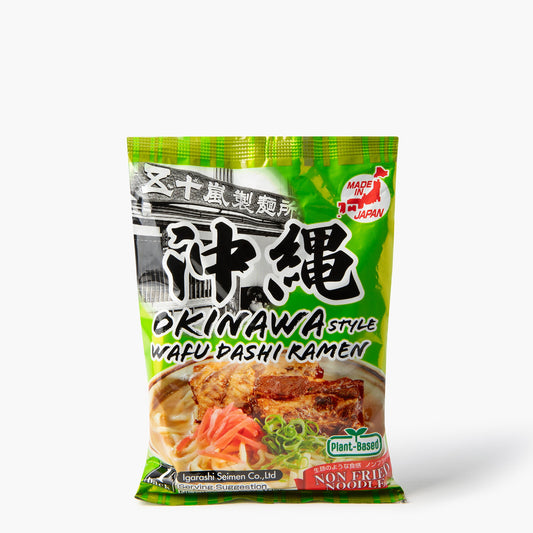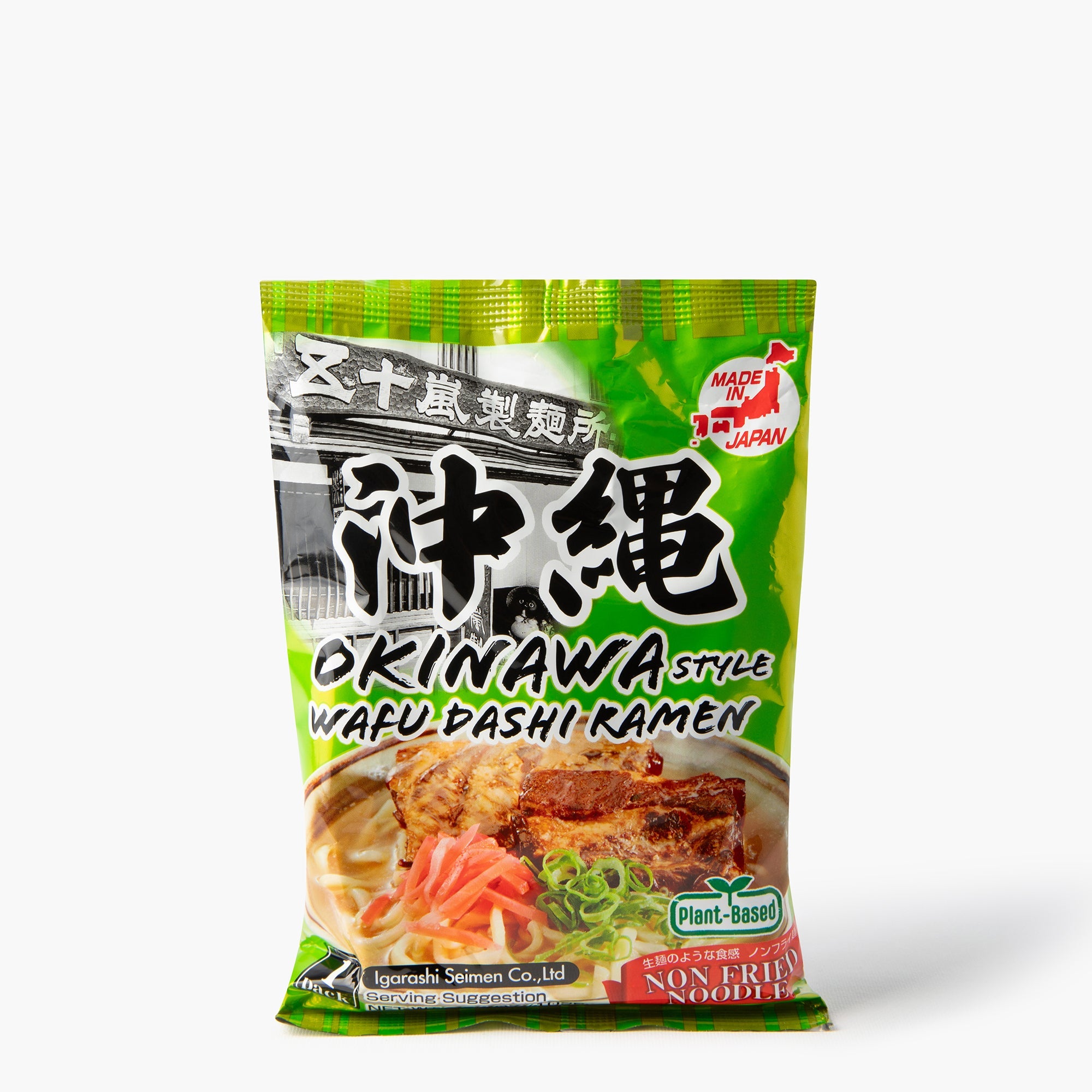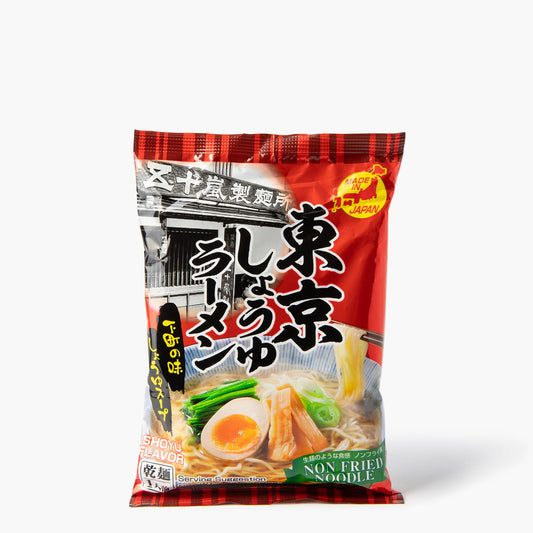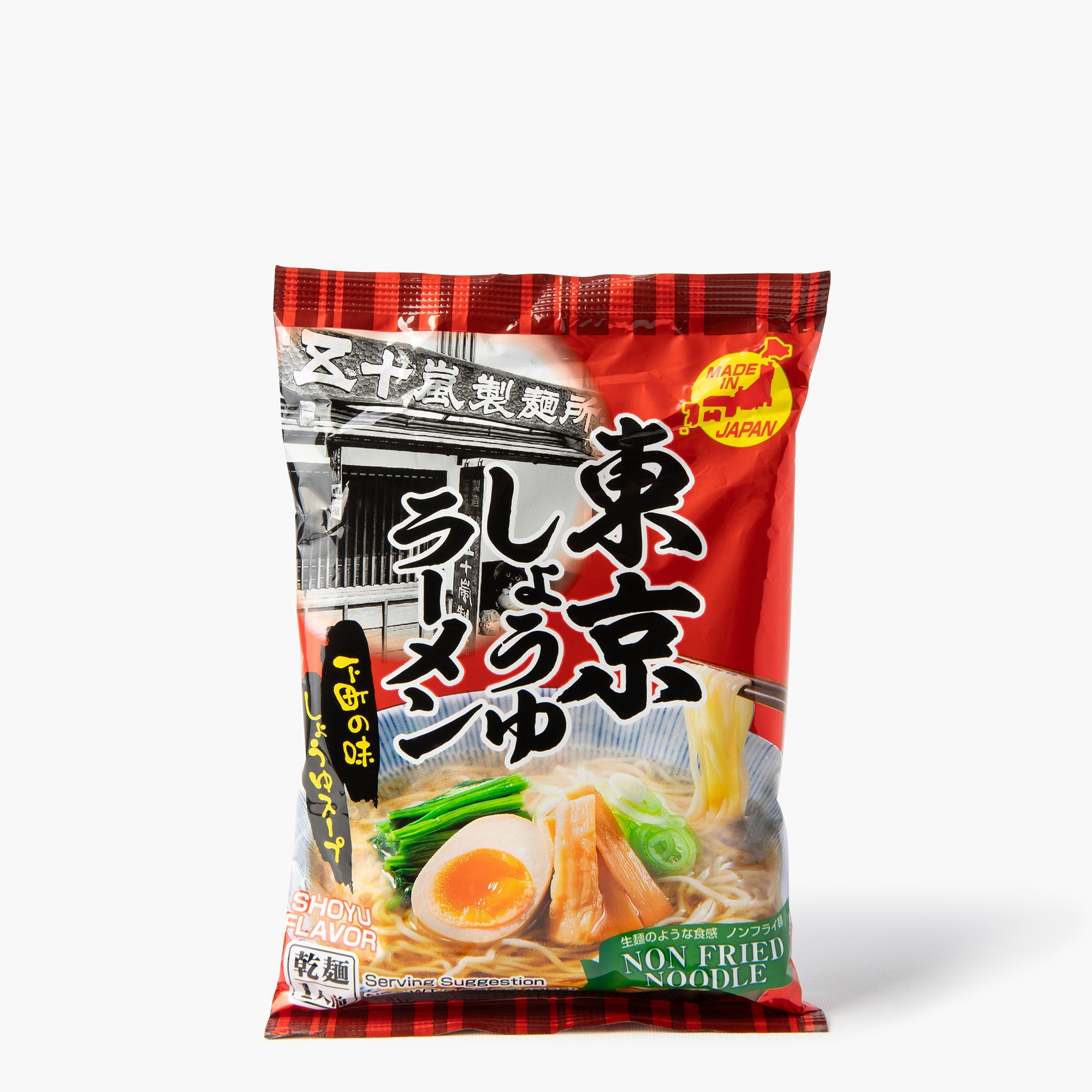Find out more about ramen
Where does ramen come from?
Ramen noodles originated in China and were introduced to Japan in the early 20th century. Originally called "chūka soba" (or "Chinese noodles"), they were mainly prepared with wheat flour. In Japan, they evolved into the dish we know today as ramen.
The introduction of ramen into Japanese culture is often attributed to Yoshimura Toyohachi, who opened the first ramen restaurant in Tokyo in the 1910s. The dish quickly became popular and was adapted to different regions of Japan, giving rise to variations such as tonkotsu ramen, shoyu ramen and miso ramen.
Over the years, ramen noodles have evolved to become a staple of modern Japanese cuisine, available both in specialized restaurants and in instant versions consumed worldwide. Ramens are characterized by their wheat noodles (often thinner than soba), which are served in a rich, fragrant broth, often accompanied by fillings such as pork, eggs, vegetables or chicken.
Today, ramen is an iconic Japanese dish, appreciated not only for its flavor but also for its ability to be customized with a variety of ingredients.
What are the different varieties of ramen?
There are several varieties of ramen, each with its own characteristics in terms of broth, noodles and toppings.
- Shoyu Ramen (醤油ラーメン):
Shoyu ramen is one of the most popular varieties. It is prepared with a soy sauce-based broth (shoyu), which gives it a salty, umami flavor. It is usually served with wheat noodles and toppings such as pork, eggs, green onions and sometimes vegetables. - Shio Ramen (塩ラーメン):
Shio ramen is ramen in a salty broth, often made with salt or chicken broth. Its taste is lighter and more subtle than shoyu ramen. This type of ramen is particularly popular in Japan's coastal regions, where the broth is often seafood-based. - Miso Ramen (味噌ラーメン):
Miso ramen uses a thick, rich broth made from miso paste. This ramen is known for its deep flavor and creamy texture, ideal for the winter months. It is often served with grilled or sautéed vegetables and pork or chicken. - Tonkotsu Ramen (豚骨ラーメン) :
Originally from the Fukuoka region, tonkotsu ramen is distinguished by its broth made from pork bones boiled for several hours, creating a creamy, rich broth. Noodles are often thin and slightly firm, and toppings usually include pork, eggs, and onions. - Curry Ramen (カレーラーメン) :
This ramen combines Japanese curry with ramen noodles. The broth is spicy and rich, based on curry sauce. It's an ideal version for those who like spicy, savory dishes. - Hiyashi Chūka (冷やし中華):
A cold version of ramen, ideal for the summer months. It's served with cold ramen noodles and topped with various ingredients such as hard-boiled eggs, vegetables, chicken or pork, all served with a vinegary, slightly sweet sauce. - Vegan Ramen:
Vegan ramen uses a broth made from vegetables, miso or sometimes seaweed. It is often served with grilled tofu, fresh vegetables and toppings such as mushrooms or green onions. It offers an authentic, tasty version that is also suitable for those following a vegan diet. - Yuzu Ramen:
This variation of ramen uses yuzu, a Japanese citrus fruit, to add a fresh, fruity note to the broth. The yuzu enhances the flavor of the ramen and gives a refreshing edge to the dish, which is often accompanied by fish, chicken or tofu.
Why are ramen so popular in Japan and around the world?
Ramens have become a must-try dish, both in Japan and internationally, thanks to their diversity and accessibility. Whether soy-based broth, miso, tonkotsu or even curry, each version offers a unique experience, allowing everyone to find their favorite ramen. Easy to prepare, especially in instant form, ramen is also much appreciated for its rich, comforting flavor, with fillings such as pork, chicken or vegetables. This diversity means there's something to suit every taste, whether you're looking for a vegan dish or something more traditional.
Ramen is also a symbol of popular culture, with specialized restaurants in Japan and a marked presence in films and TV series. Each region of Japan boasts its own version, such as Sapporo's ramen or Fukuoka's tonkotsu, further enriching Japan's culinary heritage. Their simple preparation and conviviality make ramen a perfect dish for meals with family and friends, and their constant evolution means they can be adapted to any cuisine in the world.
How are ramen served in Japanese restaurants?
In Japan, the ramen experience in restaurants is often customized to the customer's preferences. For example, it's common to be able to choose the thickness of the noodles and how they are cooked. You can opt for firmer noodles(katame), which have a slightly tougher texture, or prefer them softer(yawa) if you like a softer texture.
Likewise, the broth can be adjusted to suit your tastes, especially in terms of its level of concentration. If you like a richer, fuller-bodied taste, you can ask for a thicker, more concentrated broth, called kotteri. Conversely, if you prefer a lighter, clearer broth, you can request an asari or more diluted version, which will offer a more subtle taste. These options allow you to fully customize your ramen dish, for an even more authentic, made-to-measure experience.
What's the best accompaniment for ramen?
Here's a suggestion of side dishes for a perfect ramen:
- Gyoza: These Japanese ravioli stuffed with pork or vegetables, often served with a light soy sauce, are a classic and the perfect accompaniment to ramen. Their crunchy texture and savory taste are the perfect complement to the ramen broth.
- Takoyaki: These octopus-filled, griddle-cooked dumplings, served with takoyaki sauce and grated bonito, add a gourmet touch and a little crunch to ramen.
- Edamame: These lightly salted soybeans are a light, fresh choice to balance the richness of the ramen broth. They also offer a nice crunchy texture that contrasts well with the tenderness of the noodles.
- Chashu: If you still don't have enough meat with your ramen, chashu, a slice of braised pork, is a perfect accompaniment to enhance the taste of the meat. It can be added to or alongside the bowl of ramen.
- Japanese omelette (Tamagoyaki): A soft, sweet omelet, often served in roll form, is a delicious addition to accompany ramen, bringing a touch of sweetness and chewy texture.
- Kimchi: For those who like a spicy, tangy touch, kimchi, the spicy Korean fermented cabbage, can be an interesting accompaniment, adding a spicy, umami note.
- Nitamago (pickled egg): The soy-saucepickled egg, often served with ramen, is one of the most popular toppings. With its creamy yolk and savory flavor, it's the perfect addition to the ramen experience.
- Japanese pickles (Tsukemono): Pickled vegetables add a touch of freshness and acidity, creating a nice balance with the richness of the ramen broth.
What are ramen's regional specialities?
- Hakata ramen - Kyushu ramen
Originating in Fukuoka, this tonkotsu ramen is famous for its creamy white broth, obtained from the long cooking of pork bones. The noodles are thin and straight, and often accompanied by garlic, pickled ginger and chashu.
A Kyushu ramen staple, powerful and flavorful.
- Sapporo miso ramen - Hokkaido ramen
Born in Sapporo, this miso ramen combines a deep, rich miso broth with corn, butter, sautéed vegetables and sometimes meat. The noodles are thick and slightly wavy.
A traditional ramen recipe ideal for the colder seasons.
- Shoyu ramen - Tokyo
This classic style of ramen is based on a soy sauce (shoyu) broth, often mixed with chicken or pork. The noodles are medium-sized and lightly curled.
This is the most common Japanese ramen, easy to adapt at home, especially with beef or shrimp.
- Shio ramen - Hakodate
Salt-based ramen (shio), with a clear, delicate broth, often made with seafood. It is light, subtle and highlights simple ingredients.
Perfect for a shrimp ramen recipe or a refined, iodized version.
- Kitakata ramen - Fukushima
Known for its wide, flat noodles, this ramen is distinguished by its light broth, often soy sauce-based. It is served generously in a donburi-style ramen bowl.
A rustic style, ideal for lovers of soft textures and homemade recipes.
- Modern ramen and homemade creations
Today, ramen comes in a multitude of recipes: vegetable ramen noodles, beef ramen, spicy miso ramen, or even ramen served donburi-style.
Easy to prepare, these homemade ramen are inspired by the classics while adapting to your tastes.









